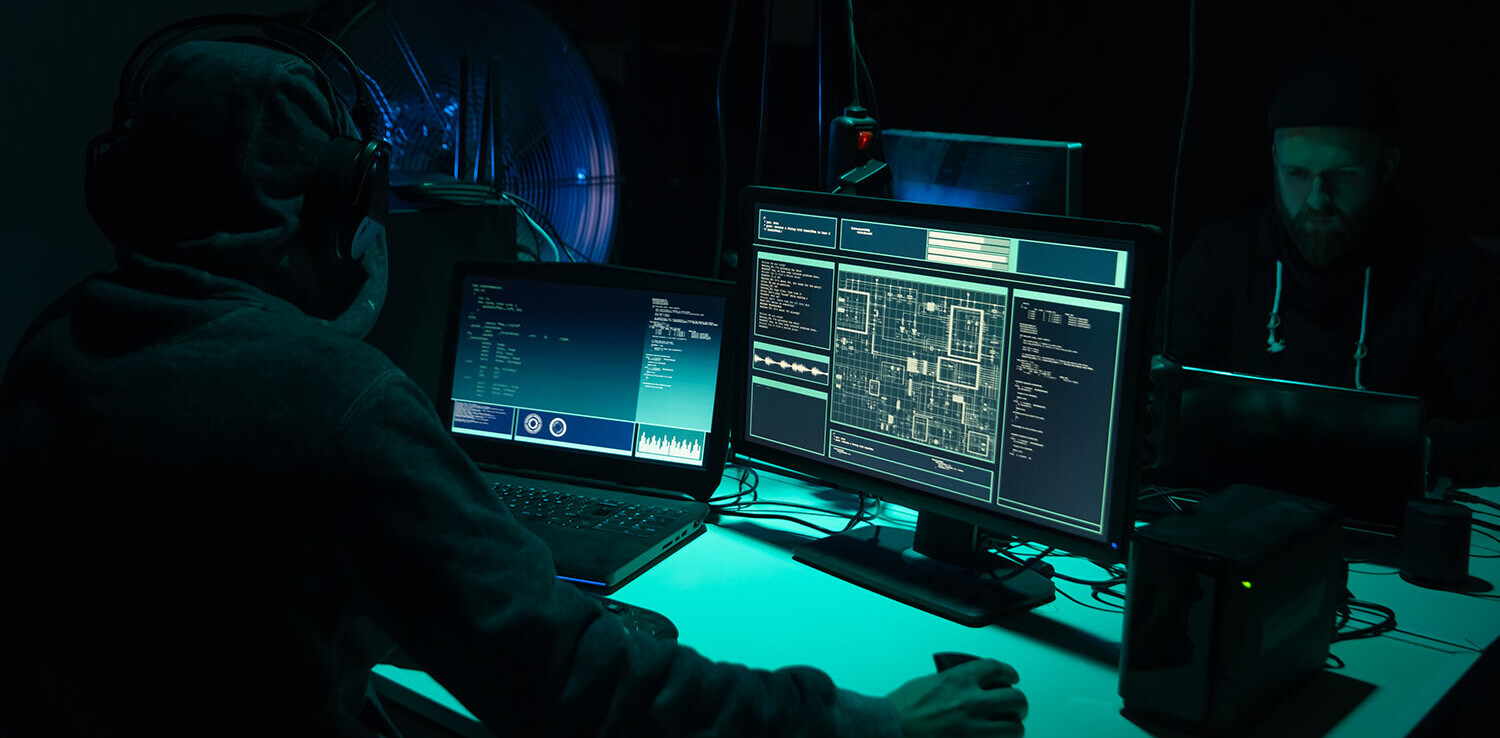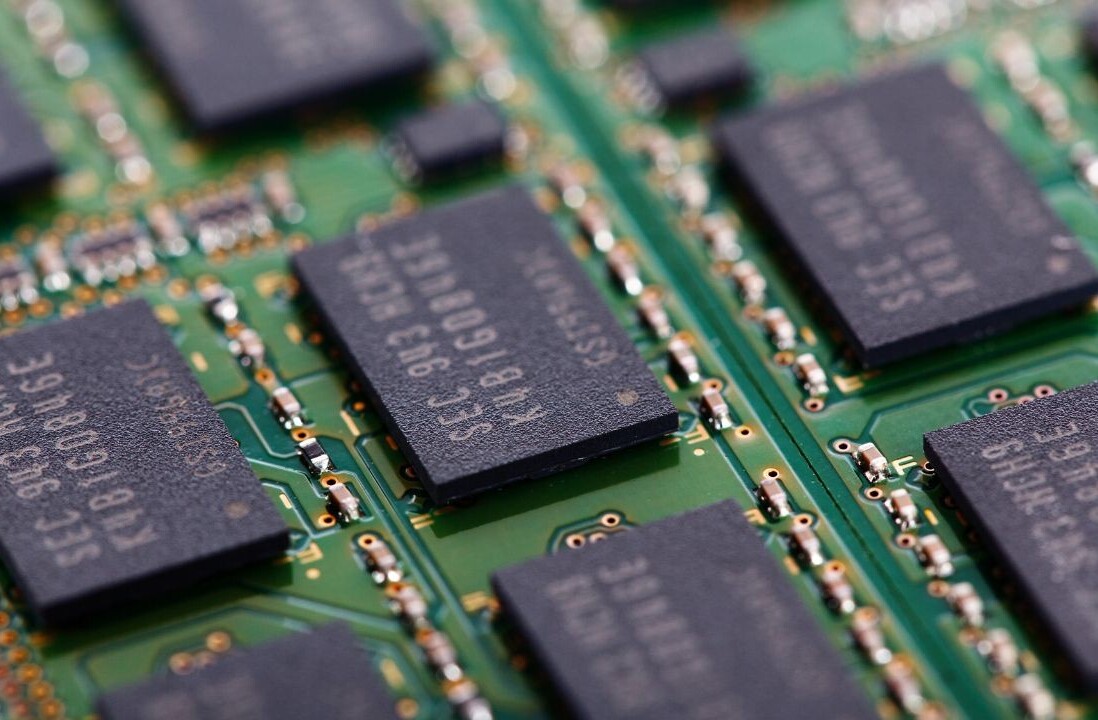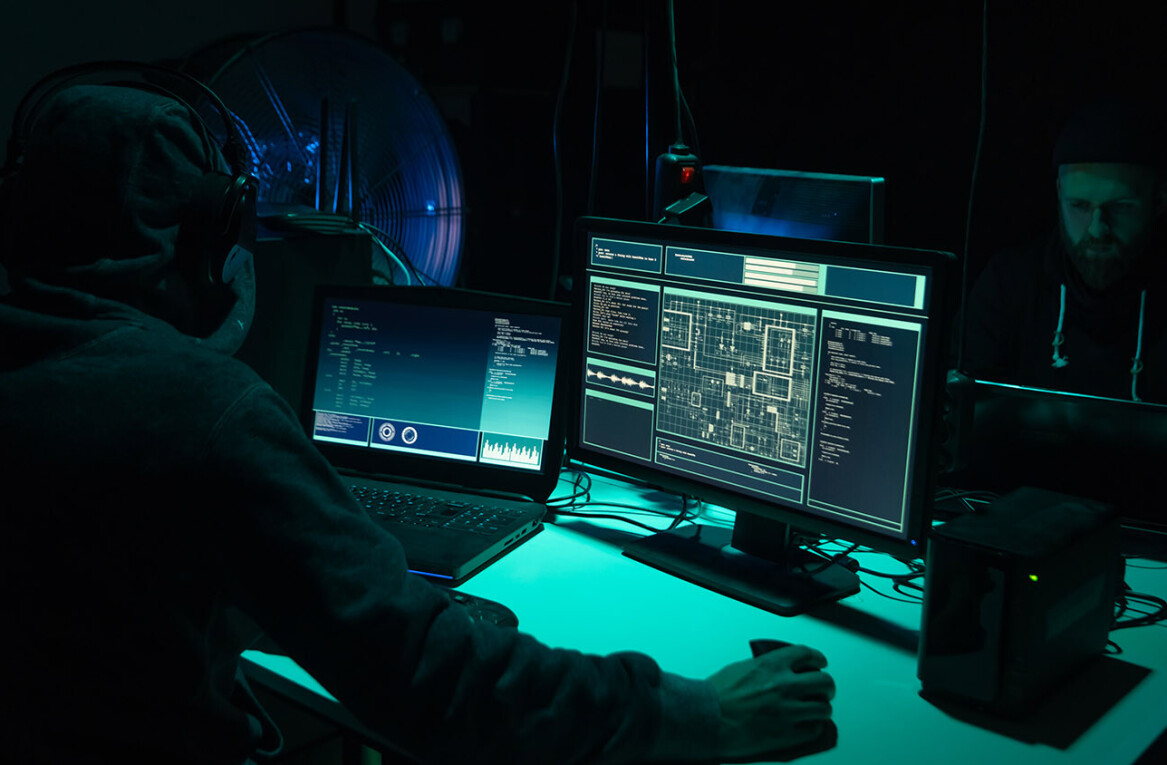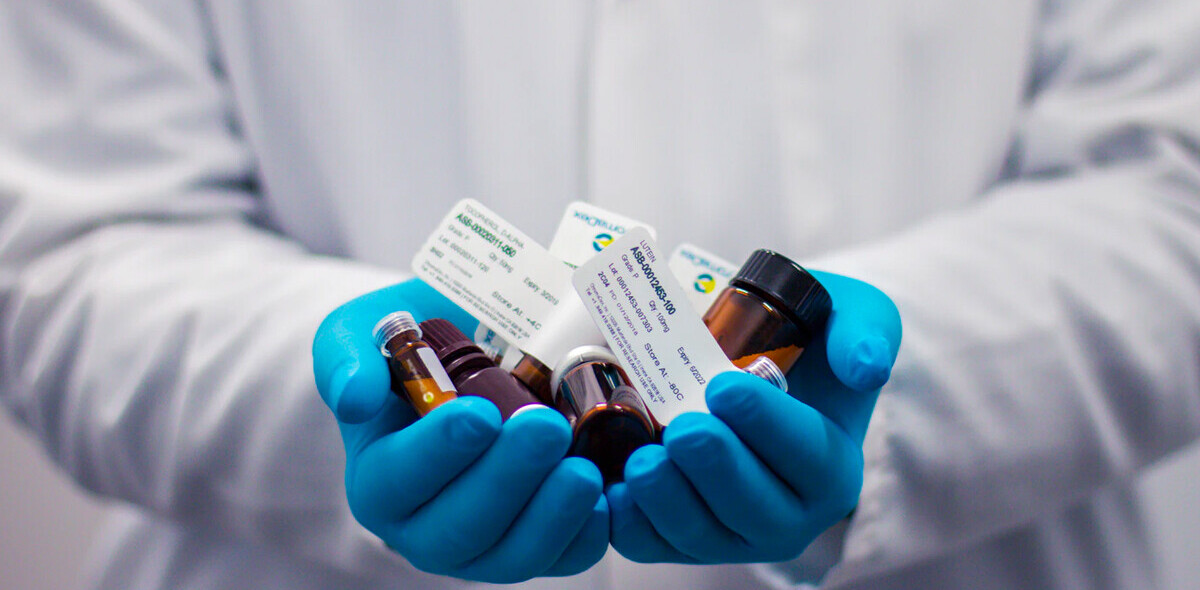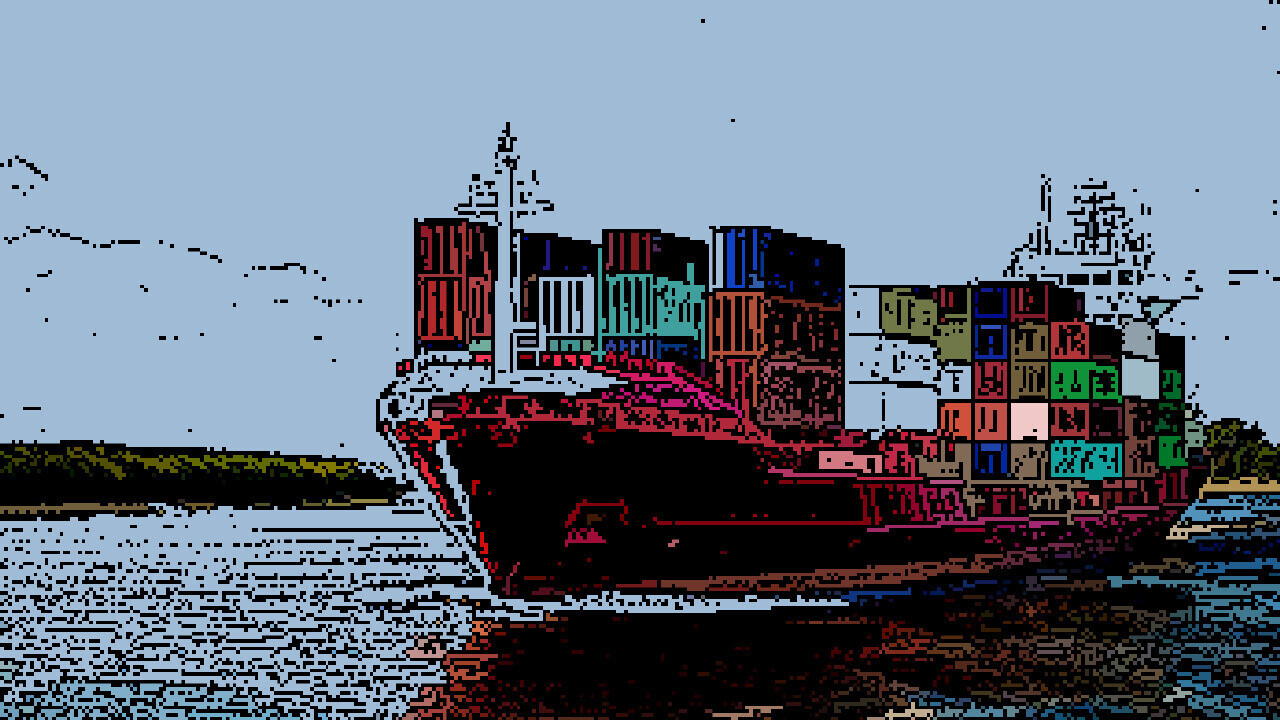
Have you experienced a shortage of particular foods in the grocery store or been waiting ages for that car you ordered at Christmas last year? Well, it’s been a year of spectacular woes in all things supply chain, impacting consumers, manufacturers, and transporters. Let’s look at the highlights:
Suez Canal blockage
In March, a 400-meter cargo ship called Ever Given wedged itself in the Suez Canal for nearly a week due to high winds and poor visibility.
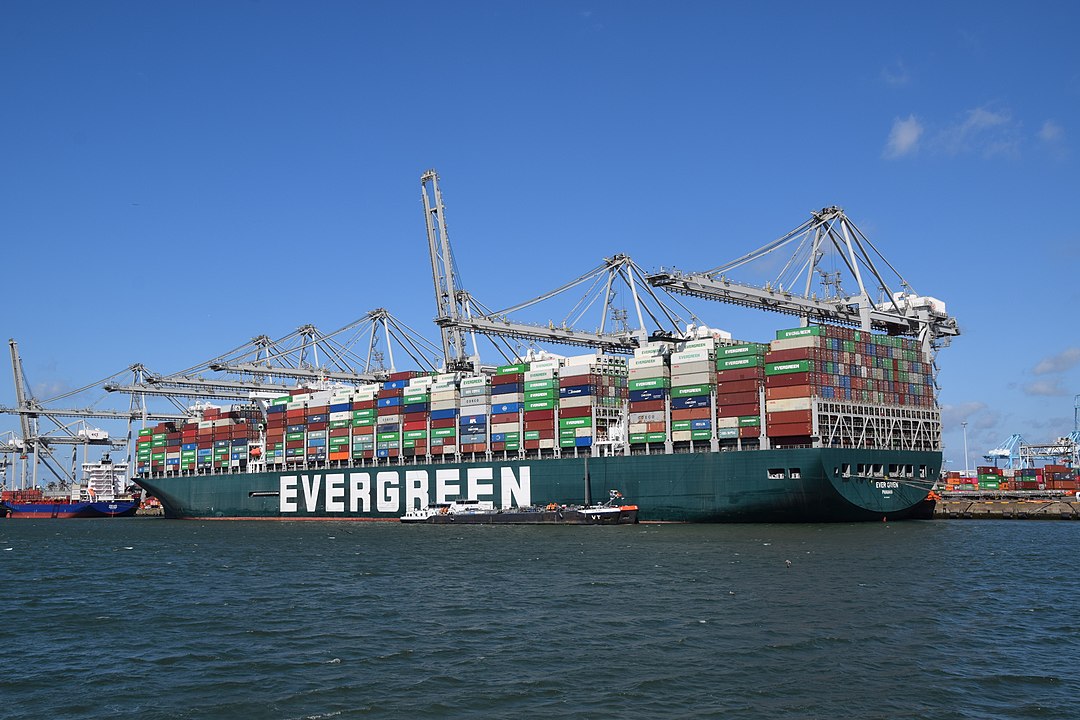
It was responsible for memes like:
Folks, I’m not feeling optimistic about the Suez situation. pic.twitter.com/lOEDMwMMpm
— Josh Marshall (@joshtpm) March 25, 2021
— James Felton (@JimMFelton) March 25, 2021
With over 12% of the world’s trade traveling on the Suez Canal, this left over 300 vessels at both ends of the canal from being able to move. Lloyds List estimated that the stranding held up about $9.6 billion worth of trade along the canal each day.
This resulted in a flow-on effect of dealing with the backlog of stalled ships.
Then, there was the challenge of getting ships to harbor, delays in getting shipping containers onto trucks, and trucks to their destination.
Today, the container ship is back afloat, albeit under strict safety measures and extensive repair progress.
Colonial Pipeline attack
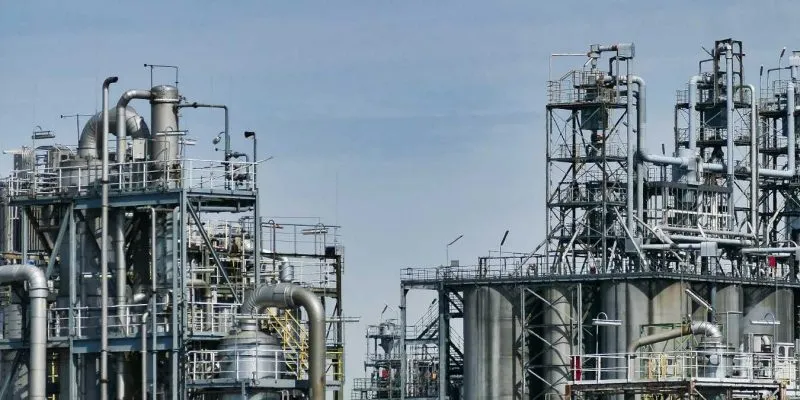
In May, we saw the Colonial Pipeline Company temporarily shut down all of its pipeline operations in response to a hack involving ransomware.
Colonial Pipeline is the largest US refined products pipeline system. 5,500 miles of pipeline run from Texas to New York. The company carries 45% of the East Coast’s fuel supplies and services seven airports.
The DarkSide hacker group admitted to the attack. Colonial paid the hackers roughly 75 Bitcoin — or nearly $5 million — to recover its stolen data,
In response to the attack, DarkSide left this message on their now-defunct dark website:
We are apolitical; we do not participate in geopolitics, do not need to tie us with a defined government, and look for other motives.
Our goal is to make money and not create problems for society.
From today we introduce moderation and check each company that our partners want to encrypt to avoid social consequences in the future.
As a result, the US government issued a number of emergency actions in response to the attack. Besides the obvious security investigations, they included:
- A targeted, one-week waiver, allowing multiple states to temporarily use non-compliant fuel to boost available supply.
- An “Hours of Service” waiver to provide greater flexibility to drivers transporting fuel.
- An emergency effort to determine rail operators’ capacity to help transport fuel from ports inland and identify potential actions to enable this effort.
Silicon Semiconductor Chip shortage
2021 was the year of the semiconductor chip shortage. Its causation is varied but includes:
- Reductions in chip purchases by auto OEMs in response to COVID-19 shutdowns.
- Increases in the use of semiconductors in PCs and gaming devices.
- A fire at Japan’s Renesas Semiconductor Manufacturing, responsible for 1/3 of semiconductor chips manufactured.
The company usually produces about one-third of microcontroller chips embedded in cars globally.
The problem is also indicative of bigger supply chain problems and the inherent fragility of overextended supply chains.
Automakers use about 10% of the chips on the semiconductor market. A typical car (the Earth-killing type) uses between 50 and 150 semiconductors. However, a modern electric vehicle can use up to 3,000 chips. Oof.
All year we’ve heard stories of cars and other vehicles sitting in factories ready for rollout… except for their computers and processors. In response to the shortage, automakers drastically reduced their production, leading buyers to wait long for their promised orders.
This year, BMW, General Motors, and Tesla also shipped vehicles without features due to the semiconductor chip shortage.
Trucking personnel shortages
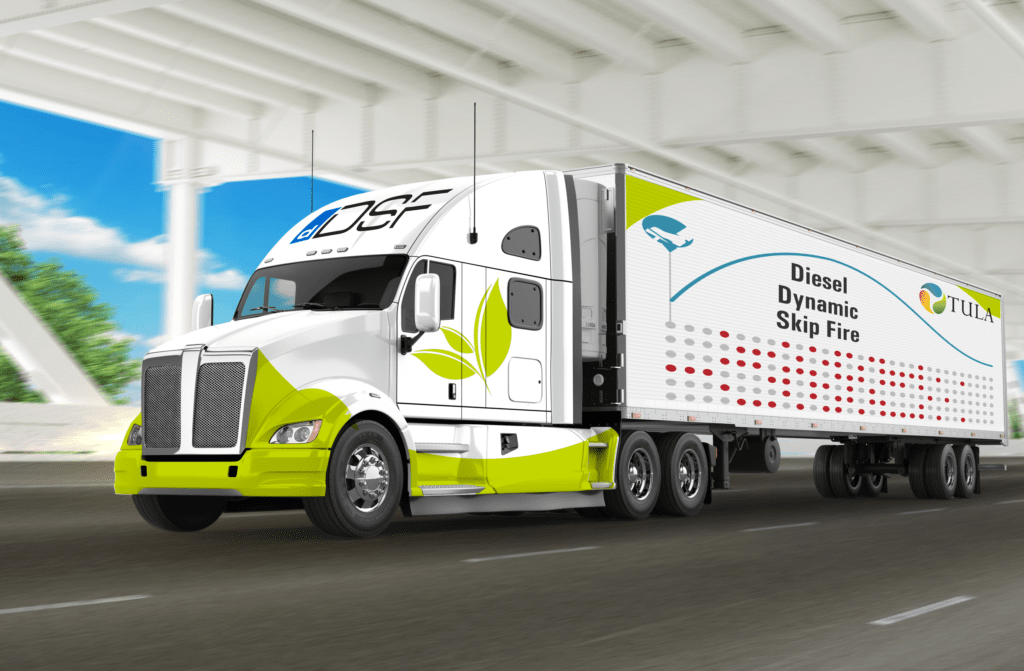
We’ve also seen the supply chain crippled by people shortages. We only need to look over the pond to the UK to see what happens when there’s a people shortage. After the Brexit vote, an estimated 20,000 truckers went back to Europe and never returned.
Industry officials claim the UK is around 100,000 truck drivers short, leading to problems like supermarket stock and fuel shortages. The government ended up getting the army in to drive fuel tankers. That’s one use for people’s tax dollars….
Lithium
As fossil fuels are phasing out, lithium is a crucial ingredient in the making of lithium-ion batteries for electric vehicles and energy storage systems.
However, it’s time-consuming to extract and refine to meet the demand for lithium-ion batteries.
Further, as automakers accelerate their electric vehicle ambitions, a lot of lithium is needed to reach set targets.
According to IHS Markit, in 2000, about 9% of lithium produced was used for batteries. By 2020, this share rose to 66%, and it is forecast to reach over 90% by 2030.
According to David Snydacker, CEO and director of Lilac Solutions Inc.:
There’s a huge amount of funding flowing into battery and electric vehicle manufacturing. And that’s really good news for the industry and for the planet.
There is money flowing into lithium, but much of that investment has been speculative.
It’s been in projects that lack the credible technology pathway to develop into commercial production. And so, although there are large investments being made, many of the projects receiving those investments have been stalled due to a lack of technology.

Urea
We’ve seen alarms raised this year in response to a world shortage of synthetic compound urea. 90% of urea produced makes nitrogen-release fertilizer.
However, it’s also used to reduce pollutants and emissions in diesel and natural gas engines.
Truck drivers inject a urea-water solution into the exhaust stream of diesel vehicles before the gases pass through a catalytic converter. This ensures diesel engines comply with environmental nitrogen oxide emissions standards.
In transport, urea sells under the brand AdBlue.
India, Korea, and Australia all import their urea from China.
Further, in November, there were reports of urea panic buying in South Korea by diesel vehicle owners after China restricted urea export until June 2022. 40% of South Korean cars run on diesel.
From Australia’s National Road Transport Association, Warren Clark attributes the export cut to trying to manage an internal price hike in fertilizer in local China and potential trade issues.
Australia is scrambling to establish new urea supply chains with Japan, Indonesia, and the UAE to stop diesel truck stoppages wreaking havoc on the logistics industry.
According to Infinium CEO and Co-Founder Robert Schuetzle:
Packed ports, idling cargo ships, and supply chain delays are very likely to continue in 2022.
To combat the increase in smog and pollution at the busiest ports, we anticipate that transportation providers and governments will more rapidly shift the focus to greener alternatives—including electric solutions and clean electrofuels that can replace traditional fossil-based fuels.
I think 2022 will be a bumpy ride, folks, and we’ll be here to bring you the latest news and analysis.
Get the TNW newsletter
Get the most important tech news in your inbox each week.
